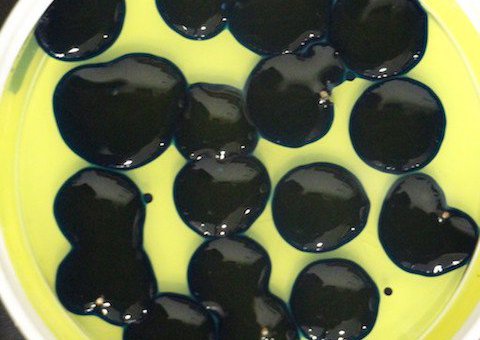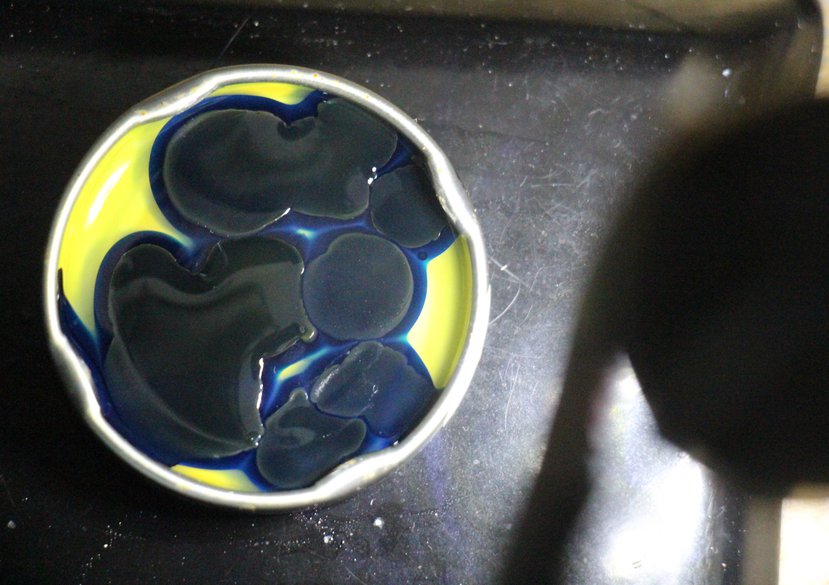
My research explores the development of chemically responsive materials for robotic actuators operating in small scale workspaces (cms-nms). Chemical reactions with nonlinear kinetic behaviour can give rise to a remarkable set of spatiotemporal phenomena. These include periodic and chaotic changes in concentration, travelling waves of chemical reactivity, and stationary spatial patterns. Many of these kinds of reactions could be utilised in robotics applications if their dynamics were better understood. This would enable novel mechanisms to control sensible and programmable interactions which can be remotely actuated, integrated into stiffness changing materials, or form repeatable shapes, waves, or other useful patterns.
A better understanding of these phenomena and their relevance for robotic actuators can be achieved through the use of high throughput chemical experiments and materials screening which can lead to rapid identification of optimal parameters for a given material and chemical reaction. In addition, making use of advances in automation technologies can provide faster transition from basic chemical experiments towards eventual design. Development of chemically responsive materials and surface topographies, utilising these methods, could aid in the development of haptic devices, in medical robotics, new kinds of active meta-materials and novel control systems for robots that can react to changes in temperature and pH or chemical composition of the environment.

